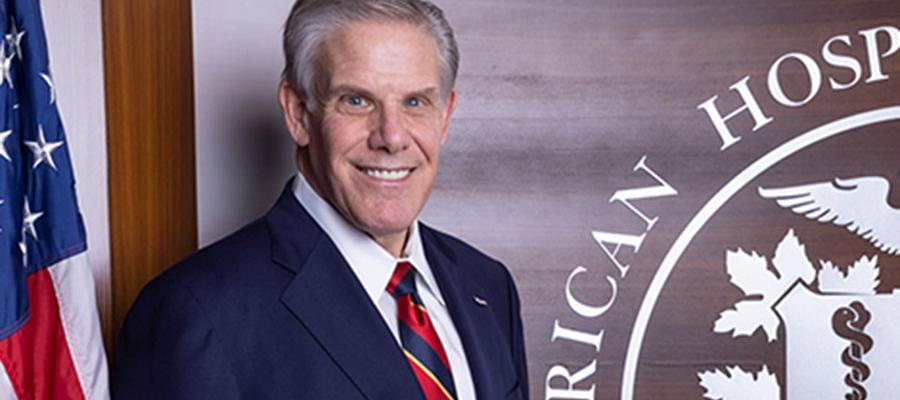Blog: New York Times’ Opinion Video Badly Mischaracterizes the Many Workforce Challenges Hospitals and Health Systems Face

For two long years, the dedicated women and men of America’s hospitals and health systems have experienced firsthand the overwhelming impact of COVID-19. They have worked tirelessly and courageously day in and day out to care for patients in their communities.
They have taken on unimaginable challenges and have risen to the occasion repeatedly, all while confronting numerous issues outside the control of hospitals and health systems. These include the changing variants of the virus like the delta and omicron variants, an underfunded public health infrastructure, competing and changing guidance from authorities, and severe supply chain disruptions, to name just a few examples.
The pandemic has been frustrating, exhausting, and heartbreaking, and few have felt these emotions stronger and longer than those on the front lines of delivering care. While there is always room to build on our efforts, the hospital field has worked hard to prioritize the safety, protection and well-being of our caregivers and other essential workers, and to show just how much they are appreciated each and every day.
A video opinion piece by the New York Times takes a one-sided view of these workforce challenges and omits many key facts and data. The real story is that hospitals and health systems are advocating for real, commonsense solutions to our nation’s complex health care workforce challenges that will help bolster our workforce in the near-term and for generations to come.
The health care field entered the COVID-19 pandemic with long-term structural challenges related to the workforce. In 2017, more than half of nurses were age 50 or over, and almost 30% were age 60 or over. Federal data shows that we are expected to lose 500,000 nurses by 2022, many of those through retirement, bringing the overall shortage of nurses to 1.1 million. Yet, due to significant shortages of faculty, classroom space and clinical training sites, nursing schools actually had to turn away more than 80,000 qualified applicants in 2019. Overall, hospital employment today is down 91,600 from pre-pandemic levels according to the consulting firm Altarum.
Hospitals and health systems have used a variety of approaches to recruit, retain and support the workforce. Examples include helping to pay back student loans, providing child care and transportation, and supporting programs that address mental and physical health, well-being and resiliency. We also have repeatedly advocated that Congress and the Administration prioritize programs and resources that help address this growing national crisis.
At the same time, many hospitals are facing serious financial pressures, including rapidly increasing costs, including for hiring and retaining staff. Through November 2021, labor expenses increased 12% compared to pre-pandemic levels according to the consulting firm Kaufman Hall. And, when looked at through the lens of expenses per adjusted discharges, meaning labor costs per patient, the increase was even greater: 19.5%.
Workforce pressures also have forced hospitals to increase their use of contract labor. Unfortunately, some nurse agencies and other direct care staffing agencies are exploiting the severe workforce shortages during the pandemic by charging uniformly high rates — two or three times pre-pandemic rates — and retaining up to 40% or more of those amounts for themselves. The behavior of some of these staffing agencies suggests widespread coordination and abuse, which is why the AHA and lawmakers have asked federal agencies to investigate possible collusion and price gouging by these staffing agencies.
Finally, we strongly believe that nurses need to be empowered with flexibility to determine appropriate staffing for the needs of their patients. A one-size approach does not fit all when it comes to safe staffing. The number of patients for whom a nurse can provide safe, competent and quality care is dependent upon multiple factors, including the number of patients in need of care in the unit, the type and degree of illness, the overall care team including caregivers who may not be nurses, and the physical layout of the unit. Patient care is team-based and a lack of flexibility to provide staffing based on the patient’s illness and individual needs jeopardizes safe patient care. It is also important to highlight that hospitals and health systems comply with a wide range of regulatory and accreditation requirements at all levels of government and through various accreditation organizations.
Our workforce challenges are a national emergency that demand immediate attention from all levels of government and workable solutions, not misleading headlines that only distort the public debate. We must all stay focused on keeping our patients and communities safe and healthy.

